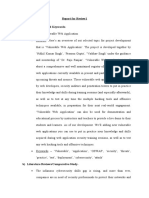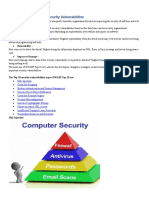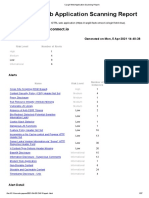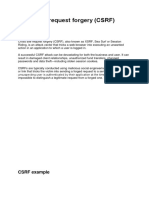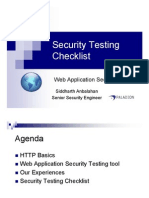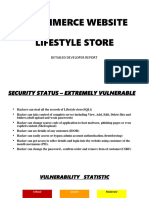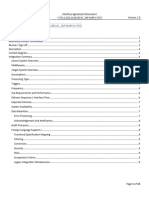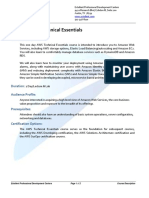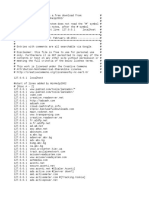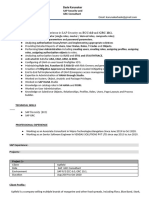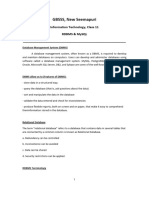0% found this document useful (0 votes)
21 views26 pagesPenetration Testing Report
The penetration testing report for https://cetrenoinfotech.net/ identifies multiple high-severity vulnerabilities including cryptographic failures, lack of rate limiting, email spoofing, HTML injection, SQL injection, CSRF, broken access control, clickjacking, reflected XSS, and insecure session cookies. Each vulnerability is accompanied by proof of concept, potential impacts, and recommended mitigations. Overall, the report emphasizes the need for improved security measures to protect user data and prevent unauthorized access.
Uploaded by
prince840888Copyright
© © All Rights Reserved
We take content rights seriously. If you suspect this is your content, claim it here.
Available Formats
Download as DOCX, PDF, TXT or read online on Scribd
0% found this document useful (0 votes)
21 views26 pagesPenetration Testing Report
The penetration testing report for https://cetrenoinfotech.net/ identifies multiple high-severity vulnerabilities including cryptographic failures, lack of rate limiting, email spoofing, HTML injection, SQL injection, CSRF, broken access control, clickjacking, reflected XSS, and insecure session cookies. Each vulnerability is accompanied by proof of concept, potential impacts, and recommended mitigations. Overall, the report emphasizes the need for improved security measures to protect user data and prevent unauthorized access.
Uploaded by
prince840888Copyright
© © All Rights Reserved
We take content rights seriously. If you suspect this is your content, claim it here.
Available Formats
Download as DOCX, PDF, TXT or read online on Scribd
/ 26











